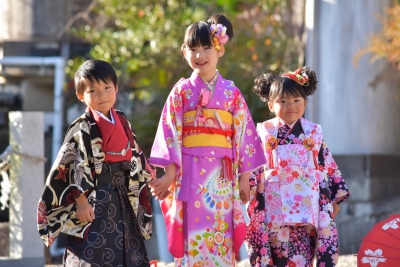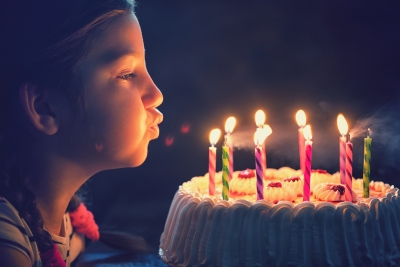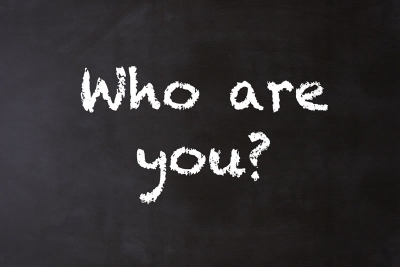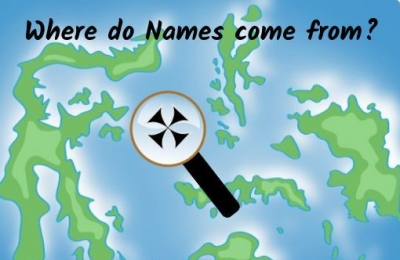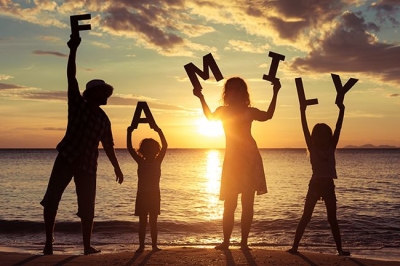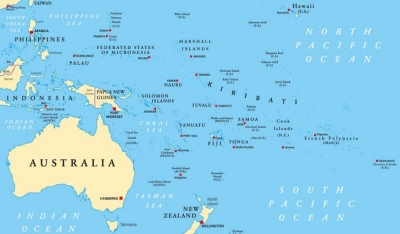What is neighbourhood?
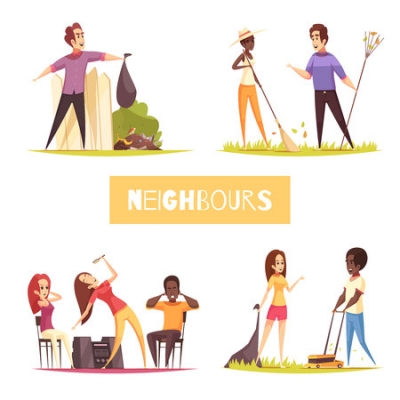
A neighbourhood is a place where people live together. Every neighbourhood is special to the people who live there.
Do you live in the middle of a busy city or in a tiny farm town? Are you in a suburb in Australia or do you live in the African desert? No matter where you live, you have neighbours. They might be very close by, or they may be miles away.
Do you know your neighbours? How are they like you? What do you do together? How do you help one another? Some people live in the desert in Africa. They live in tents that are easy to take down and move. A whole group will move together, neighbours and all. Many people in Australia live on ranches raising cattle and sheep. Ranches in Australia can be many miles apart, so people don’t see their neighbours often.
In towns and small cities, families live near each other. Neighbours are always nearby. People who live in big cities live close to their neighbours and see people all the time.
Neighbours keep things lively in every kind of neighbourhood. What do your neighbours do?
Many people in Newfoundland and Labrador live near the ocean and fish for a living. Some boys from Tanzania in eastern Africa help their families farm cattle on the grasslands. The Amish are religious people in the U.S.A. who live together in farm communities. When an Amish farmer needs a new barn, all the Amish neighbours come together to build it.
Picture Credit : Google
